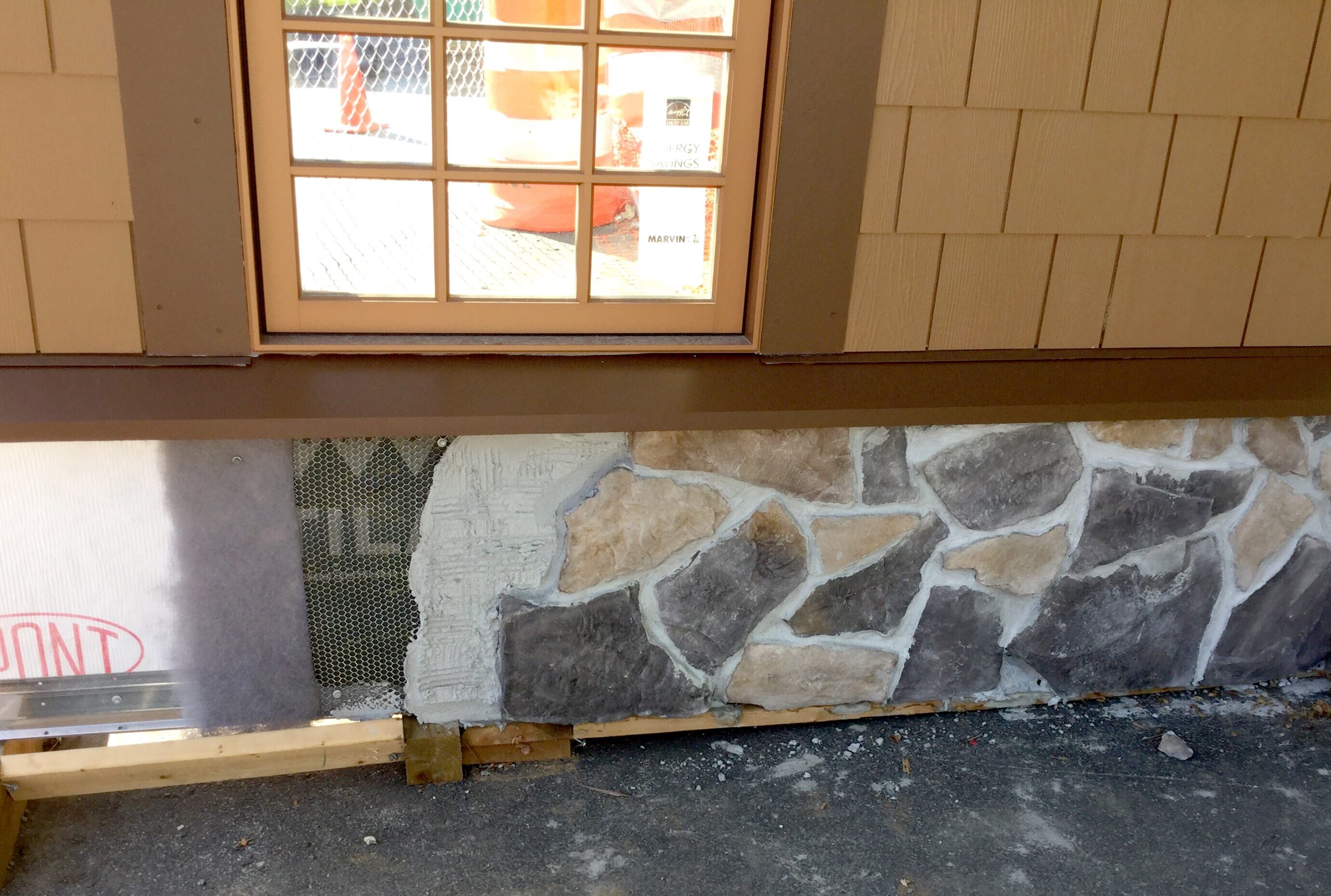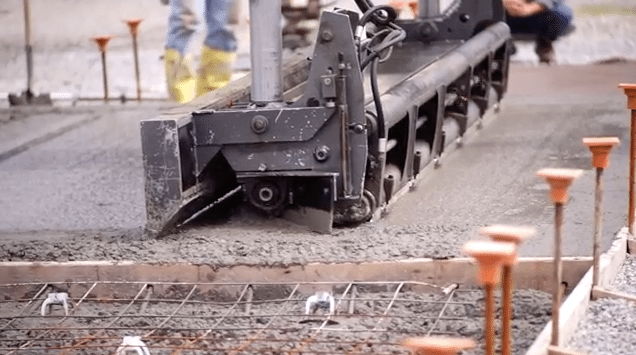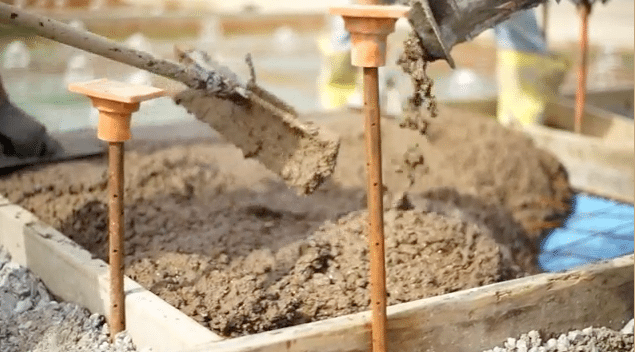A mock-up is a full-size structural model made with the exact construction techniques and materials that will be used on a project. Typically, materials for mock-ups are ordered in small portions, then, executed by the project team in advance of the rest of construction.
In preparation for Ruby Falls’ expansion, the EMJ Chattanooga team performed mock-ups of various sections of the project. John Rudez, EMJ Superintendent, and Matt Elliot, EMJ Project Manager, explain three benefits of these mock-ups and why you should request them on your next construction project.
1. Confirm (or clarify) your vision
Mock-ups give clients, contractors and project teams the opportunity to assess a three-dimensional representation of a design, so that functionality, aesthetics and quality can be evaluated down to the smallest detail.
They take proactive planning and additional time to implement, but allow the client to make revisions to the project’s design before moving forward into construction. Additionally, materials for mockups are ordered in small portions so there is minimal waste if the client decides to go in a different direction.
“[The mock-ups] gave us a chance to look at the actual model and add those details in, in order to give the owner exactly what they wanted,” Elliott says. “There were many things that came out of this that helped the team put together the best possible product for the owner.”

Until you can see and feel the finished product, it’s hard to know exactly what to expect. Mock-ups remove any surprises and ensure owners fully understand various physical aspects of their project before it’s built.
2. Set expectations with your team
Mock-ups serve as a “trial run” for the project team to complete a task while learning what is important to the client. Superintendents can use this opportunity to set expectations, guide the team, and make changes to improve efficiency before construction begins.

“By going through [a mock-up], our subcontractors learn the steps and understand their roles, and our owner understands and his expectations are set,” Rudez says.
“It’s a very heuristic approach to the building process, and allows the subcontractors involved to practice that they’re going to be doing, and allows them time to get prepared for that, so in the end they end up doing the project faster and more efficiently,” Elliott adds.
3. Pinpoint any potential problems
Even the most experienced construction professionals interact with new teams, materials, and processes on a daily basis. Mock-ups show pain points in the building process that otherwise may not be visible until construction—when any changes or errors would be costly and time-consuming.
“Mock-ups allow our team to pinpoint any and all issues well in advance of the construction phase,” Rudez says. “Knowing that we have several different types of finishes in different products, and some products that we are unfamiliar with on the job—I find it very helpful.”
Although creating a mock-up may seem like an additional expense during preconstruction, it could end up costing more to later repair unforeseen errors.

“During the mock-up process, we found out several things: details that weren’t right or didn’t line up like the owner had anticipated,” Rudez continues. “Little things that they really hadn’t maybe thought about or detailed fully on their plans.”
You understand your project goals and vision better than anyone. But with the right leaders and valuable tools like mock-ups, your team should be in-sync with you to execute your project to achieve your goals.
Related articles:
https://www.emjcorp.com/news/emj-begin-construction-ruby-falls-expansion/
https://www.emjcorp.com/project-updates/ruby-falls-mock-ups/
https://www.emjcorp.com/news/photogrammetry-accurate-construction-site-measurements/
